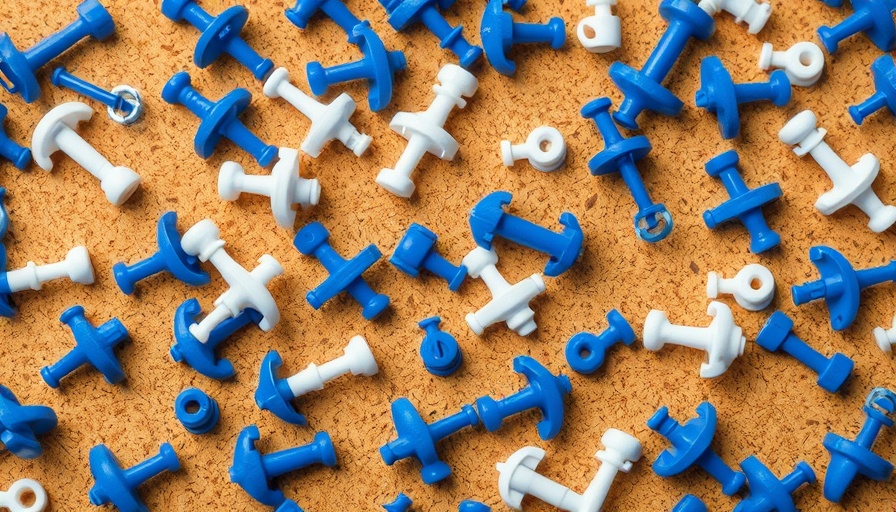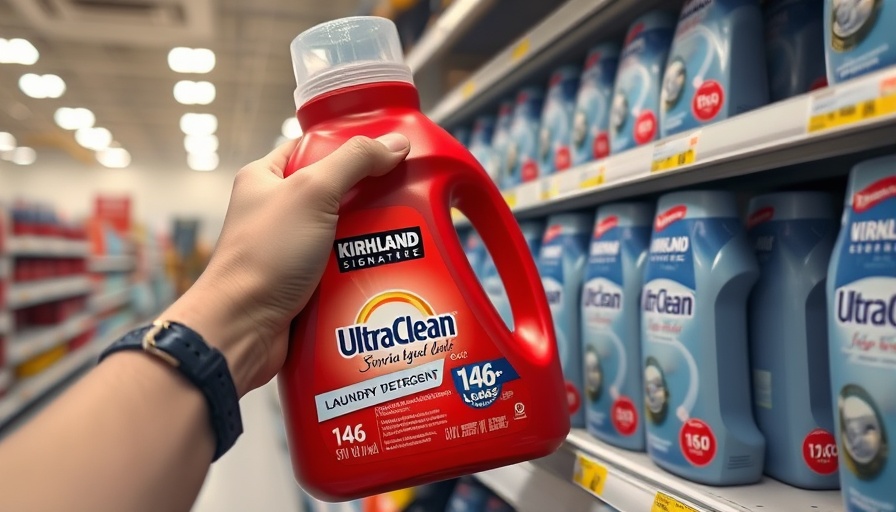
Understanding Drywall Anchors: The Essentials
When it comes to hanging objects securely on drywall, knowing the ins and outs of drywall anchors is crucial. For homeowners in Southeast Michigan, this knowledge can save you from costly accidents and help you achieve a flawless finish on your projects. Whether you’re constructing a new shelf for your favorite books or securing a stunning piece of artwork, the type of drywall anchor you use will determine how well your projects hold up over time.
The Three Main Types of Drywall Anchors
There's a range of drywall anchors, each designed for different applications. Let’s break down the most common types:
Plastic Expansion Anchors
Plastic expansion anchors are your go-to for light duties, with weight limits ranging from 5 to 25 pounds. These simple, cylindrical anchors are pushed into pre-drilled holes and expand when a screw is tightened, creating a firm grip in drywall. They are lightweight, easy to install, and perfect for hanging pictures or decorative items.
Molly Bolts
Molly bolts are more versatile, supporting weights of 25 to 50 pounds. These anchors feature a unique design with folds that spread the load against the drywall surface. After inserting the anchor into a pre-drilled hole and tightening the screw, the sleeves expand, ensuring a strong hold. One of the best things? You can remove and replace the screw without losing the anchor — a feature most handy for overhauls and seasonal changes.
Threaded Drywall Anchors
For the most robust solutions, consider threaded anchors that screw directly into the drywall. They hold an impressive 25 to 75 pounds. Unlike other types that require pre-drilling, these self-tapping anchors bite right into the drywall and can be easily installed with a screwdriver. They provide a solid hold for heavier items like TVs and bigger shelves.
Choosing the Right Anchor for Your Project
Before you dive into your project, weigh the item you're hanging. It’s best practice to select an anchor rated to hold 25 to 50 percent more than the object’s weight. For example, if your mirror weighs 10 pounds, opt for an anchor that can bear 12 to 15 pounds. This ensures safety and prevents damage to your walls.
Why Getting It Right Matters
Incorrectly choosing an anchor can lead to disastrous results, such as broken items and even personal injury. As a seasoned handyman who values DIY integrity, I stress the importance of proper anchor selection. Picture your new 60-inch TV tumbling from the wall — that’s a heartbreak you can avoid with the right tools and know-how!
It’s Better To Ask For Help
If you're tackling a large or critical job and feel unsure, don't hesitate to reach out to a professional. Sometimes, safety is worth investing in a helping hand. Remember, getting your home projects right isn’t just about hanging pictures; it’s about creating a space you love and feel safe in.
Join the DIY Community
Your home is a canvas for creativity. Engage with fellow DIY enthusiasts and share your successes—and failures. Have a project idea or anchor story? Head to local forums or social media and connect with other Southeast Michigan homeowners. Good luck, and remember to have fun as you improve your home!
 Add Row
Add Row  Add
Add 




 Add Row
Add Row  Add
Add 

Write A Comment